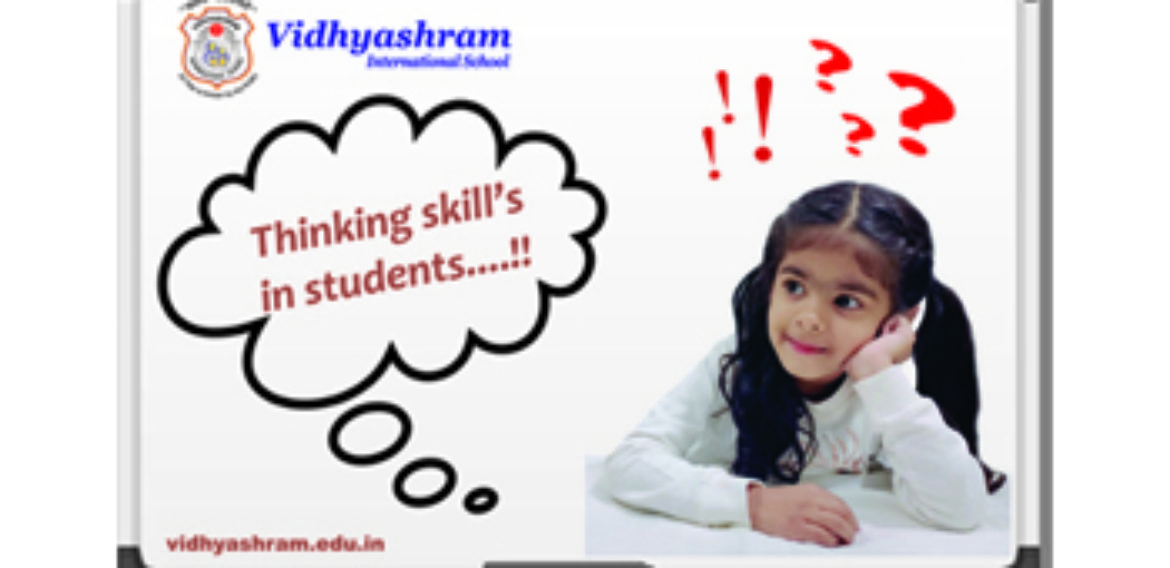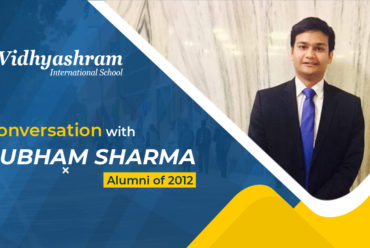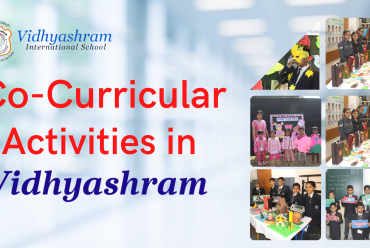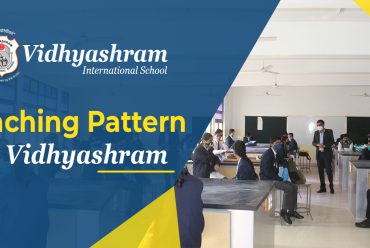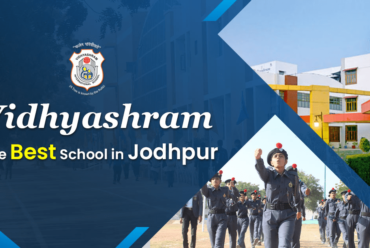” Thinking Skills must for Students “
“CHILDREN MUST BE TAUGHT HOW TO THINK
NOT WHAT TO THINK “
-MARGARET MEAD
Can Thinking Skills be developed ?
”Learning is a consequence of thinking, not something extra we track on for good measure but something in which we must actively engage to promote our own and others’ learning”
-Ron Ritchhart
If we look around , we find students have been trained to think within a box -either knowledge imparted by teacher or parents. This makes them dependent, similar to domesticated pigeons . By trimming the bird’s primary feathers,known as “fight feathers”. They cannot take flight.This prevents them from accidentally flying out an open door or windows.Gradually, with time they are trained so that even if they get back their flight feathers , they assume they can’t fly beyond a particular zone.Thus Thinking Routines are solution to this, where we let students and children have their thinking fly beyond a zone , into wild, over ocean, across countries. Why ? So much emphasis on thinking Skills. Good thinkers not only know how to think creatively/critically/deeply and they actually do it. In other words, they are in HABIT of organizing, analyzing, questioning.
For many students thinking behind the answers and how other students and teachers reach a conclusion is “invisible”. Thus Thinking Routines are emphasized.
THINKING ROUTINES
These routines are flexible to engage learners to any artifacts, system or concepts, including their own thought processes. Thinking Routines are simple structures for example a question or sequence of steps which can be used alone or with a group.
They are designed to be easy to remember and to invite a broad range of thinking moves.They are well suited to leverage the power of collaborative thinking and transfer easily to any context.You can use them without prior training or experience, figuring out how they work along with your students just by using them.Visualization convey more meaning than verbal descriptions alone.Visual diagrams, graphic organizers and concept maps help people problem solve and support group work.
Thinking Routines and Activities
- See Think Wonder – The purpose of this routine is to allow students time to thoughtfully consider not what they’re observing, but also what those observations mean.
- Compass Point – It enables students to consider ideas and propositions from four different angles to prevent personal reaction and quick judgement.This routines works when there are dilemmas or different points,
- Peel the Fruit – It can be used to develop understanding of a complex topic over the course of days and weeks.
- Question Organizer – Wh-questions (who, why,what, when,where and how) of a story or an issue.
- 3-2-1 Bridge Organiser – Bridge organizer asks learners to: uncover ideas, thoughts, questions and understanding about a topic before and after instructional learning has occured.
- Six Thinking Hats – It boosts creative thinking by dividing up the different styles of thinking into “six hats”: logic, emotion, caution, optimism, creativity and control.
- Think Puzzle Explore – It invites students to connect to their prior knowledge, generate ideas and develop curiosity.
- Plus Minus Interesting – PMI is a brainstorming, decision making and critical thinking tool used to generate discussion around positive, negative and implication associated with a particular idea or concept.
- Think Pair Share – It is a collaborative learning strategy where students work together to solve a problem or answer a question about an assigned reading.
- Venn Diagram – It is used to visually represent the differences and similarities between two concepts.
- I Used to Think… Now I Think – It reflects on learners’ thinking; connect to their prior knowledge; explore how their thinking has changed; talk about and make their thinking visible .
- Mind Map – It involves writing down a central theme and thinking of new and related ideas which radiate out from the center.
Major Benefit for teachers using Visible Thinking Routines is…….
- being able to see learning through students’ eyes.
- Open mind to other perspectives.
- Stimulate imagination & creativity.
- Being more present & focused.
Generally speaking, visible thinking is a way to encourage students to use thinking skills they have already developed outside the classroom.The methods of Visible Thinking Routines help promote a deeper understanding of how we think, and allows for deeper learning on the part of the students.Let not domesticate thinking, let them fly as high as they want to.Let us give them thinking Hats …..and let the magic begin.

